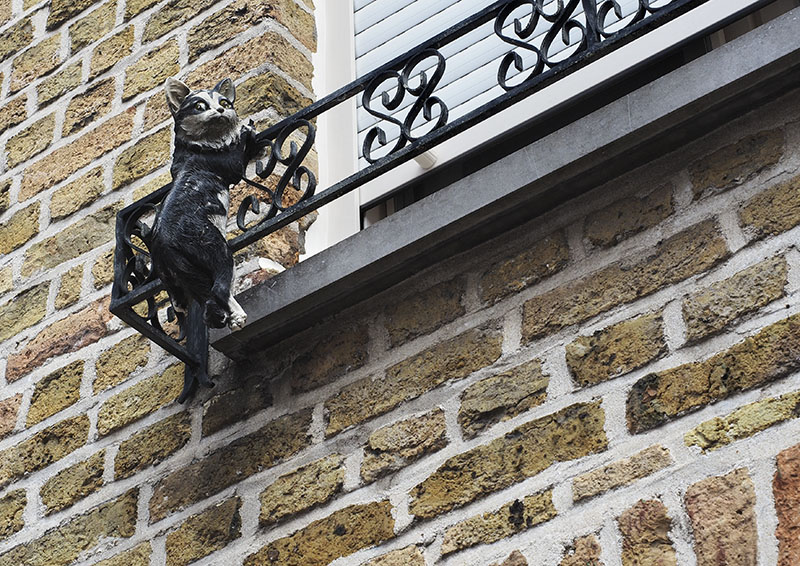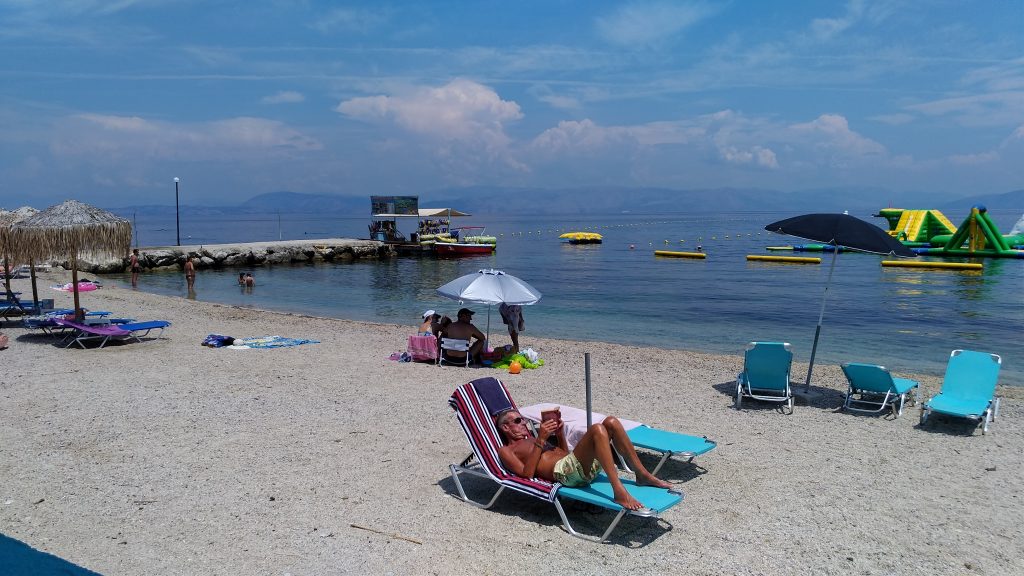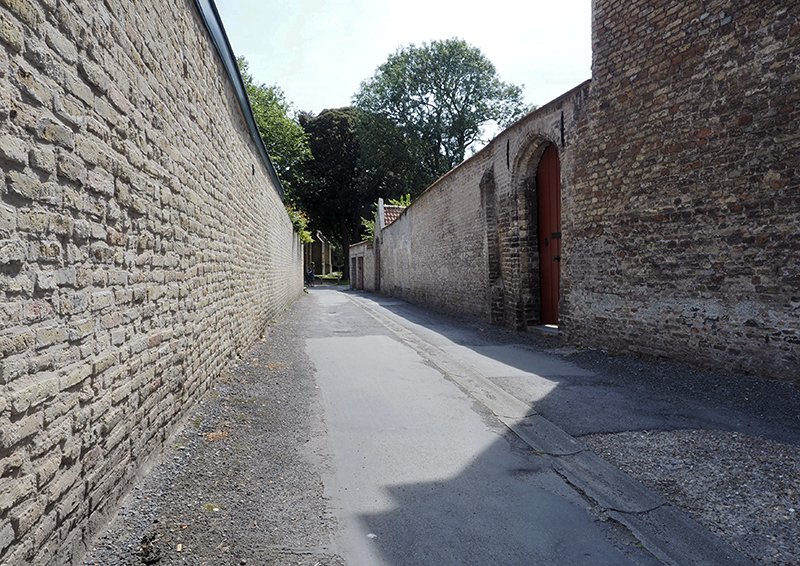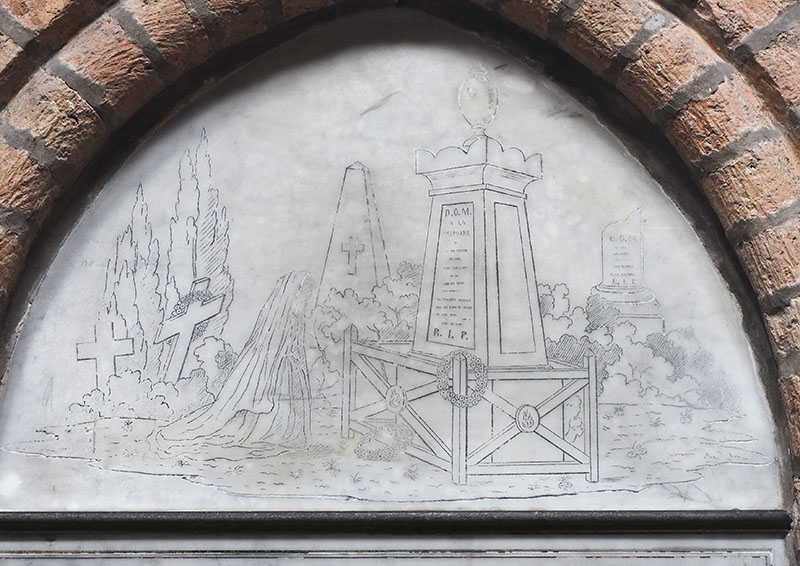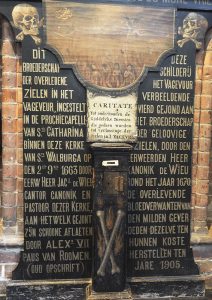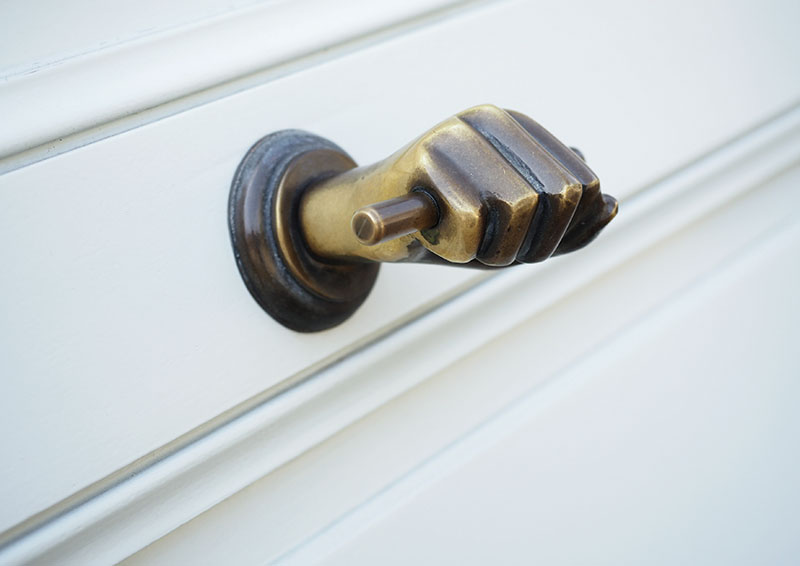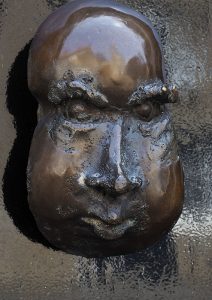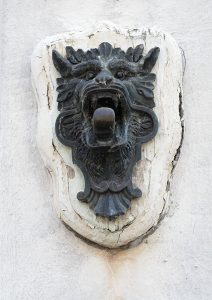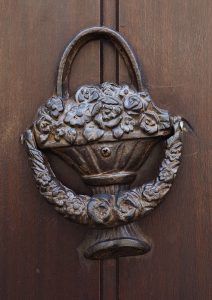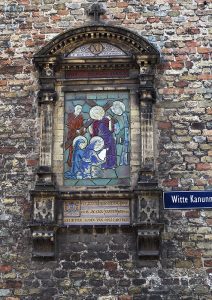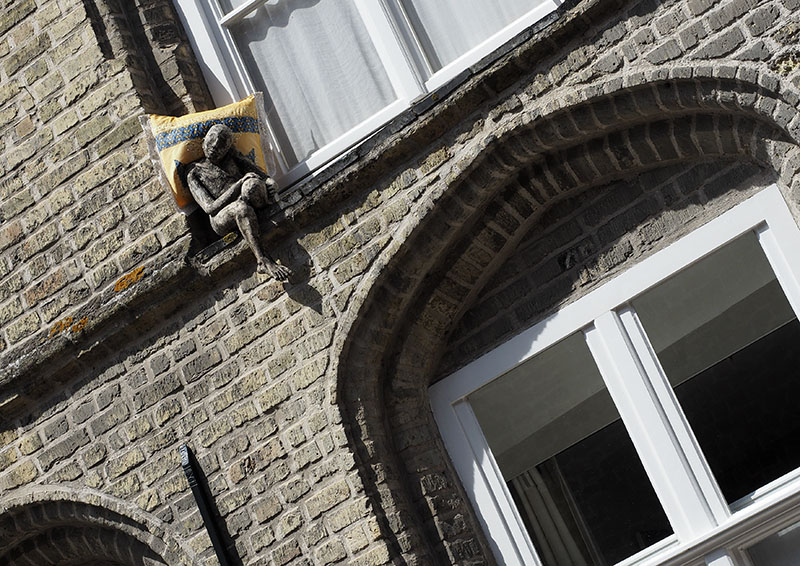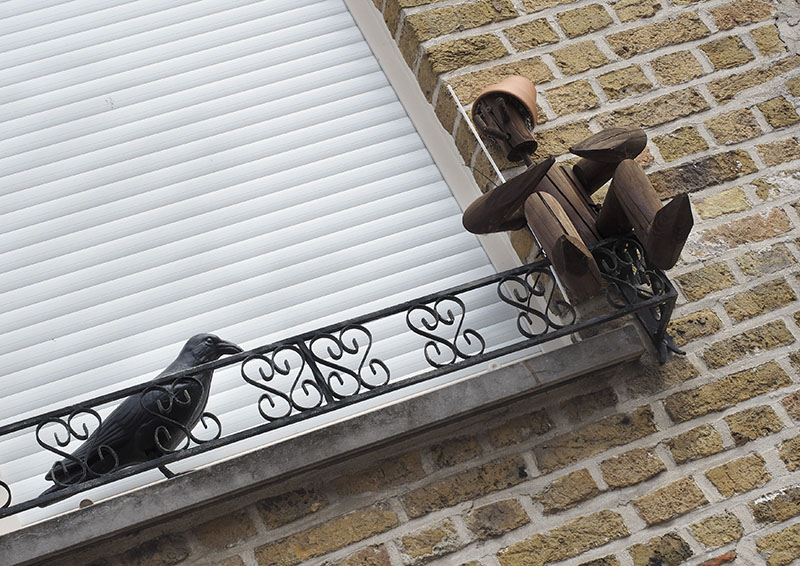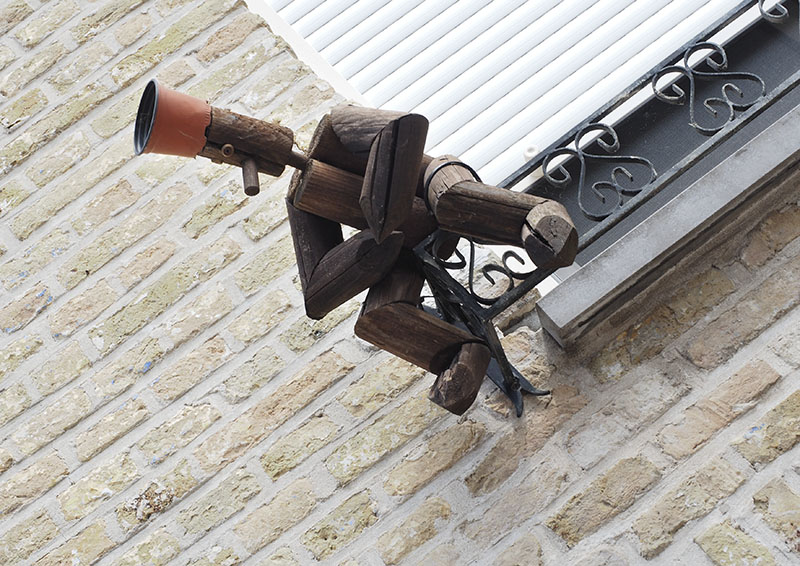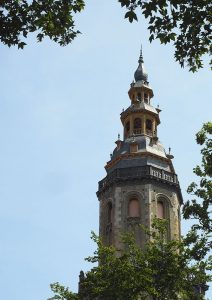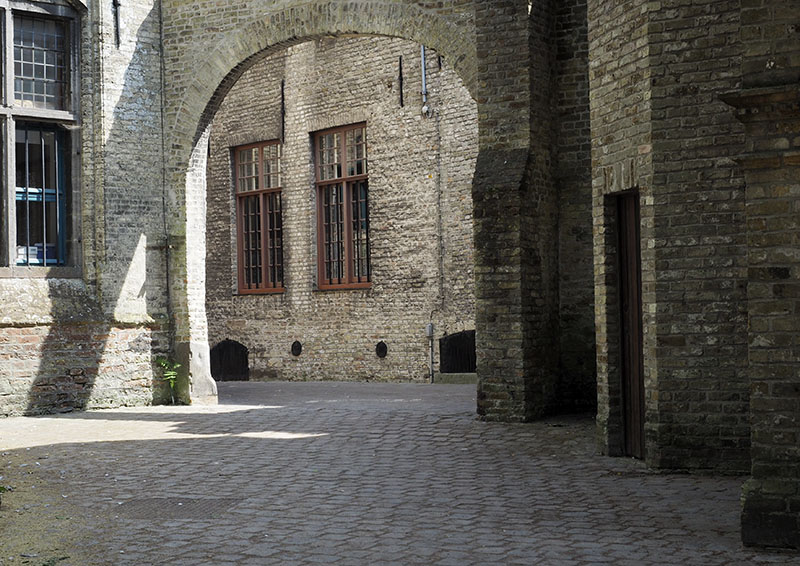A Small Town With A Lot Of History
After a week in Corfu where we visited our possible second yacht, Bob and I returned to Veurne.
Having spent a short few hours here last year, a was a delight having the time to explore past the town’s market square.
The town was founded in approximately the year 877 by the first count of Flanders, Baldwin I and was part of the Saint Bernard Abbey in St Omer. By the late 800’s there was a fortified structure that proved most successful in protecting against the Viking attacks.
Today there are still remnants of wall to be seen.
With fertile plains, it was the perfect place for agriculture, in addition to the manufacturing of tiles and bricks.
It was here in the town hall that the Belgian King, Albert I, and his troops made their plans in a stand that withstood the onslaught of the German troops during WWI. This was the only section of the country to remain free.
Replacing the original chapel constructed during 870, with a vault standing some 23 metres in height and containing a wooden choir that has survived from the 1200’s, the Saint Walburga Church of today dates back as far as 1280.
With its unusual collection boxes, this UNESCO structure had an interesting history.
Bob and I loved the finishing touches we found throughout the township.
There was even a bit of humour.
Interesting Facts
- Saint Nicholas Church belltower houses a clock that dates from 1379.
- A Cistercian Abbey dated to the 1100’s has been uncovered.
- Vauban, Louis XIV’s famous architect, had serious fortifications built around the township. Part of today’s canal circles a section of the star shaped structure.
- Belfries apparently signify human freedom and democracy and played a large role in a town’s panning and music.
- The peoples of Veurne purchased the church when it was marked for demolition
Link
